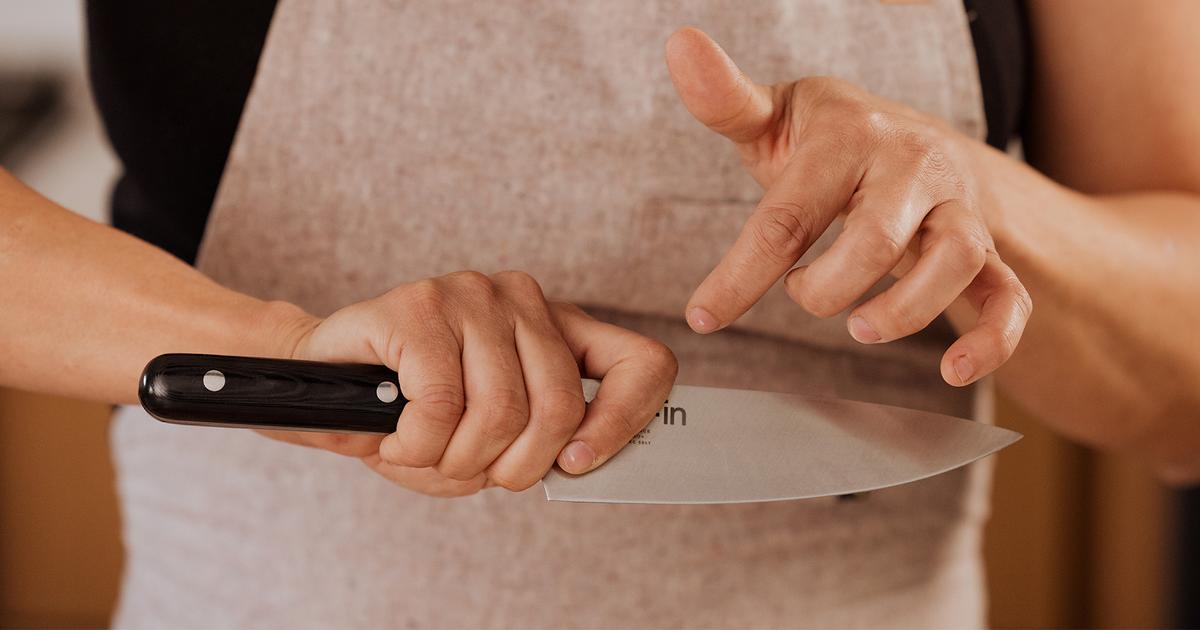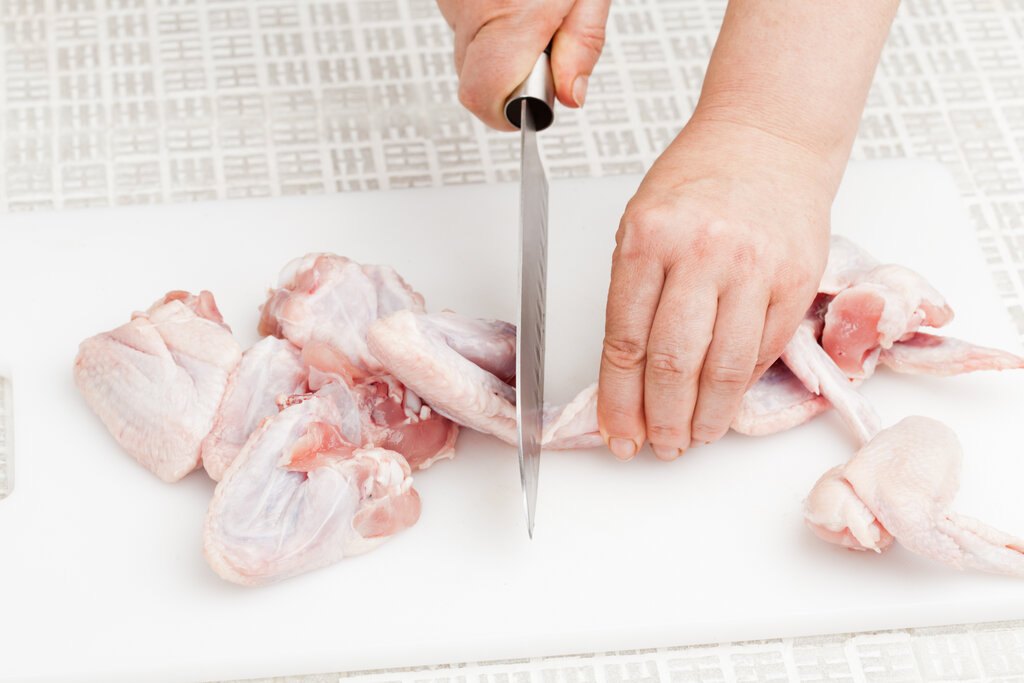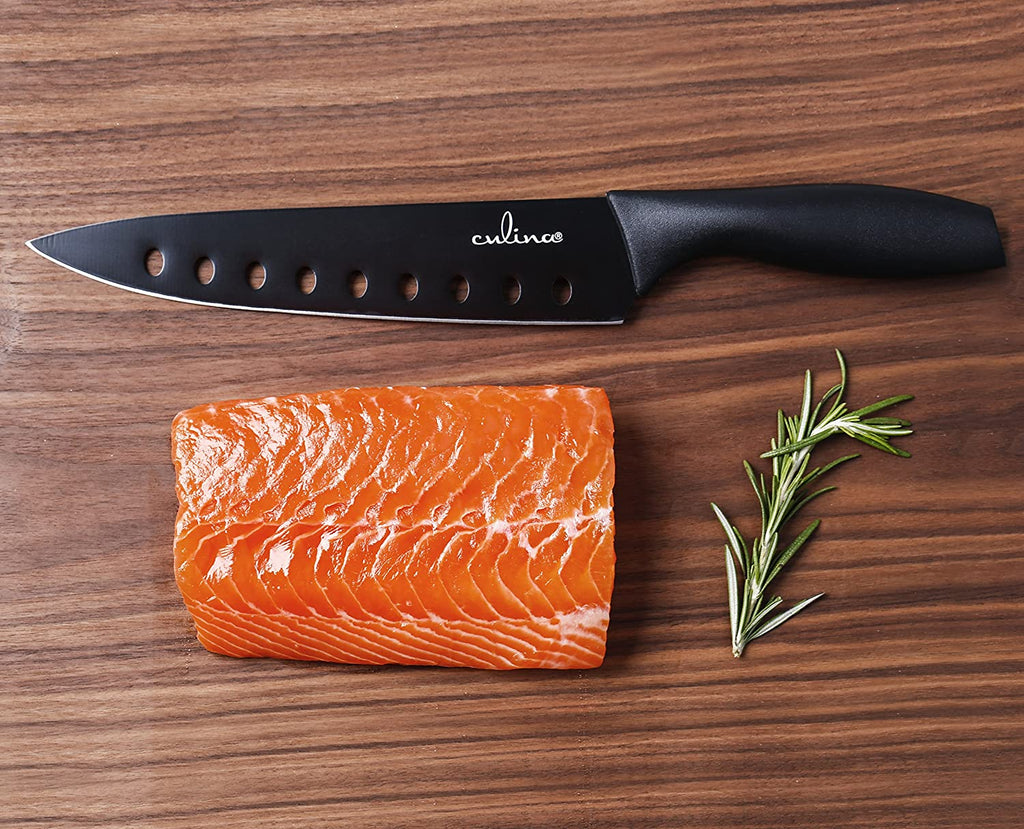How to Master Cutting with Fork and Knife for BBQ Lovers
Written By James Morgan
For every barbecue enthusiast, the key to enjoying a perfectly grilled meal lies not just in the cooking but also in how you savor that meal. Enter the unsung heroes of the grilling world: the fork and knife. Knowing how to cut with fork and knife can transform your BBQ experience, making each bite more enjoyable. Let's dive into the art and science behind it.

Why Mastering Cutting Techniques Matters
Barbecue meals often include a variety of meats, from succulent ribs to juicy steaks. The thrill of biting into a perfectly grilled piece isn't complete if you're struggling with your cutlery. Mastering your cutting techniques ensures:
- Even Cuts: Helps in getting uniform pieces which taste better.
- Better Texture: Preserves the texture of the meat.
- Enhanced Flavor: Ensures every bite packs a flavor punch.

Basic Principles of Cutting
Choosing the Right Knife
The first step in learning how to cut with fork and knife is selecting the right knife. BBQ enthusiasts often gravitate towards sharp, sturdy knives. A well-balanced knife with a comfortable grip is paramount. For instance, a chef's knife is versatile and can handle most BBQ cuts, while a serrated knife might be better for bread or tomatoes.
For more detailed knife techniques, visit How to Use a Chef's Knife.
Understanding Fork Placement
The fork is typically held in the left hand, tines facing down to hold the food in place. This grip stabilizes the food and ensures safety as you cut. The handle should rest comfortably in your palm, and your fingers should be positioned to apply the right amount of pressure.
Mastering the Cutting Motion
Place the knife in your right hand (for right-handed people) and position it at the edge of the food item. Apply gentle pressure and move the knife in a back-and-forth sawing motion. Avoid pressing down too hard, as this can crush the food.
'The secret to a good cut is a combination of finesse and control.'

Advanced Cutting Techniques for BBQ Lovers
Perfecting Slices for Different BBQ Meats
Different meats require unique cutting techniques:
- Steaks: Slice against the grain to break down muscle fibers, making it tender.
- Ribs: Use the knife to follow the bone's contour for clean separation.
- Brisket: Slice thinly and uniformly for the best texture and taste.
Interested in learning more about knife skills? Check out Chop Food Like a Pro.
Utilizing Specialized Knives
Barbecue enthusiasts know the importance of investing in specialized knives. For instance, a Nakiri knife, known for its straight blade, is perfect for slicing vegetables.
Curious about Nakiri knives? Visit How to Cut with a Nakiri Knife.
Dealing with Difficult Cuts
When it comes to challenging cuts, such as spiral-cut potatoes or thick cuts of jackfruit, technique matters.
- For spiral potatoes, ensure the knife is sharp and make continuous, even cuts.
- For jackfruit, use a large, serrated knife to navigate the tough outer layer.
For more intersting articles on challenging cuts: How to Cut Complicated Fruits and Veggies, How to Cut Spiral Potato with Knife.

Practical Tips for BBQ Enthusiasts
Maintaining Your Knives
Proper maintenance ensures longevity and effectiveness. Regular honing keeps the edge sharp, and periodic professional sharpening can make a world of difference.
Safety First
Always prioritize safety. Use a cutting board to prevent slipping and keep your fingers away from the blade's path.
FAQs
Q1: What is the best type of knife for cutting BBQ meats?
A1: A chef's knife is versatile and works well, but a carving knife can also be excellent for precise slicing.
Q2: How do I maintain my BBQ knives?
A2: Regular honing and occasional sharpening are key. Store them properly to avoid damage.
Q3: Can I cut BBQ meats immediately after grilling?
A3: It's best to let meats rest for a few minutes to redistribute the juices.
Mastering how to cut with fork and knife is an essential skill for any barbecue enthusiast. Not only does it elevate your dining experience, but it also pays homage to the effort you put into grilling the perfect meal. Equip yourself with the right tools, practice the techniques, and relish every bite.
As an Amazon Associate, I earn from qualifying purchases.



